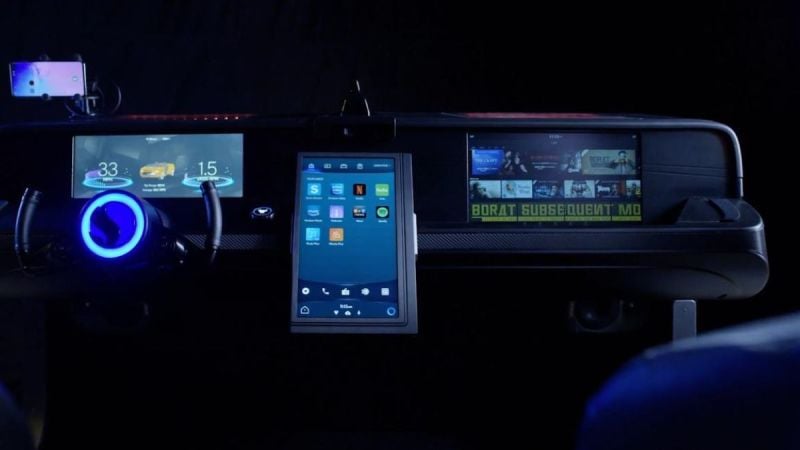Cars are a mess right now. We are in a poorly driven pivot to electric cars that even Musk is screwing up. The batteries aren’t where they need to be, the public charging system isn’t where they need to be, and the resale prices of electric cars are suffering, as are electric car sales trends.
Electric car batteries are the car's weakest link, however, technologies are coming that should fix this problem before 2030. Battery technology has advanced, and in 2025, it added nearly an additional 50% of range in some of the most recent electric vehicles, like the Audi E-Tron GT. But Solid-State batteries, better battery formulations, more high-speed chargers, and more powerful charging options in the home, like the ChargePoint 240-Volt Flex charger, have or will become available by 2028.
Even the electronics in cars were a mess, and car companies looked to firms like Microsoft, Google, and even Apple to help fix the problems. Most of those efforts failed rather badly.
But Qualcomm didn’t, they stepped up and the result has been impressive.
Qualcomm’s Advantage
Qualcomm arguably has the largest portfolio of automotive electronic technology in the world. Branded Snapdragon Live, it covers everything from in-car entertainment to navigation, instruments, and ADAS (Advanced Driver Assistance System). Historically, car companies did much of this themselves or with dedicated partners, but this resulted in an excessive amount of complexity.
This complexity got far worse with the advent of electric cars, particularly hybrids, which tried to blend two very different technologies: those developed for ICE (Internal Combustion Engine Cars) and the new technologies developed for Electric Cars.
And the pivot to electric cars brought in the concept of looking to third parties that knew how to better manage electronic devices. Qualcomm’s Smartphone experience became critical both because these new cars need to be connected so they can be updated remotely, lowering warranty and long-term maintenance costs, and because Qualcomm’s technology tended to be very frugal when it came to energy use and keeping energy use down is far more critical to electric than a gas car which generates its own.
One of the unique advantages of the smartphone market, even over the PC market, is that it moves very fast, particularly when compared to the automotive market. Cell phone product cycles can be as fast as six months, which was about the time it took the iPhone to go from a non-working concept to a working phone (mainly due to Qualcomm). Car cycle times are closer to 5 years, which is problematic when customers expect car systems to stay updated with their far faster-moving in-home technologies.
And car companies have been using solutions like CarPlay and Android Auto to close some of those gaps. Still, those technologies are also moving rapidly and need to connect to systems that can be updated so that advances don’t break them. Since those technologies run off of Smartphones, Qualcomm’s knowledge of this class of device gave them a significant advantage, particularly given their leadership in wireless modems, which, on a car, have to be available all the time if you want its remote functions and ability to call for help to remain viable automatically.
Wrapping Up: What’s Coming?
Qualcomm has become the leader in in-car electronics, but cars are still largely a mess with regard to different networks and mixed environments, particularly in electric vehicles. However, sustainability concerns, the rise of services like Uber and Lyft, and buyers’ need to be able to upgrade rather than replace their vehicles all appear to be increasing.
This means future vehicles will have fewer networks, networks, and improved paths for upgrades to their ADAS and in car entertainment systems. This means more modular development and the very real chance that in the future, while the outside of the car may get old, the inside will be increasingly upgradeable, so you may have more people keeping cars for decades rather than having to replace them after 3-5 years.
Rob Enderle is a technology analyst covering automotive technology and battery developments at Torque News. You can learn more about Rob on Wikipedia, and follow his articles on Forbes, on X, and LinkedIn.













Comments
Curious how Qualcomm uses…
Permalink
Curious how Qualcomm uses Blackberry QNX for securing its offerings.
Blackberry is like Microsoft…
Permalink
In reply to Curious how Qualcomm uses… by Daniel Hull (not verified)
Blackberry is like Microsoft for cars. Qualcomm doesn't use them, the Car OEMs specify QNX and Qualcomm assures it will work.